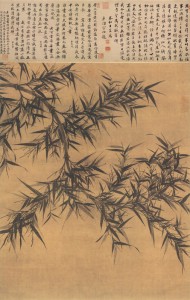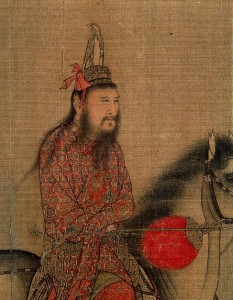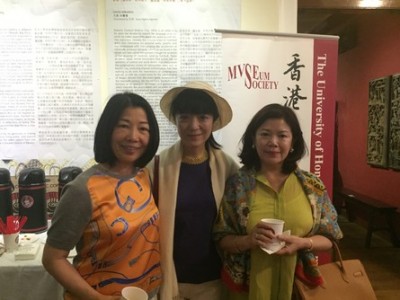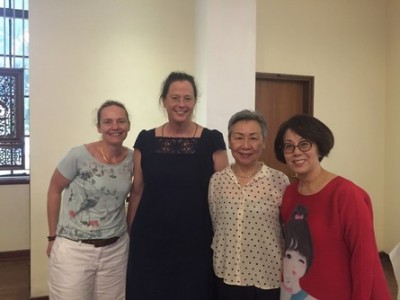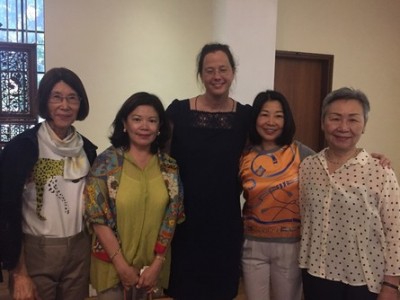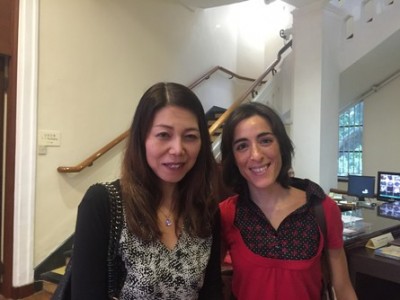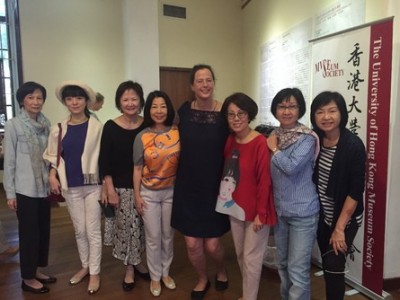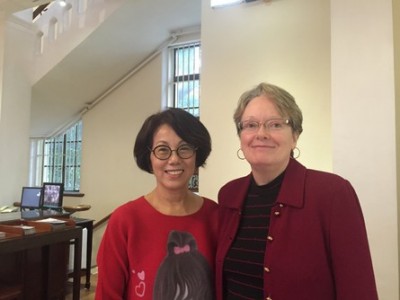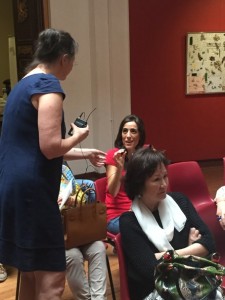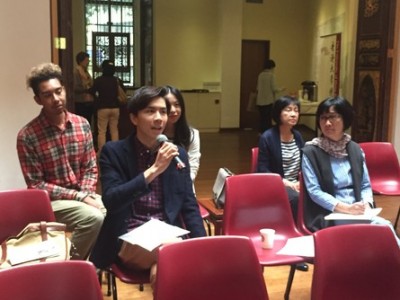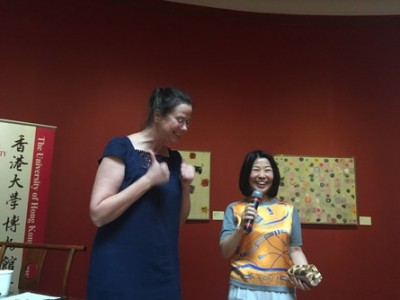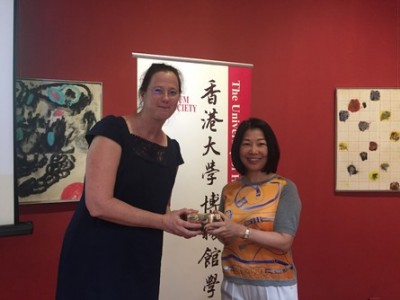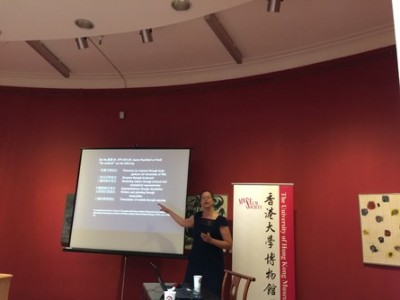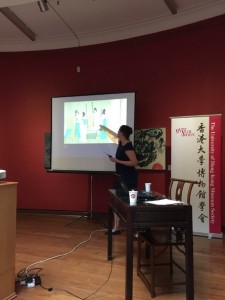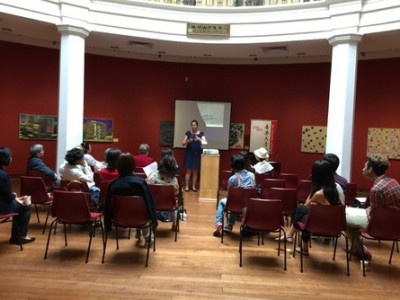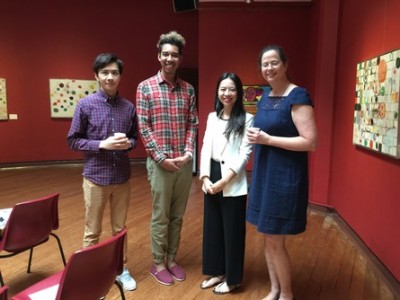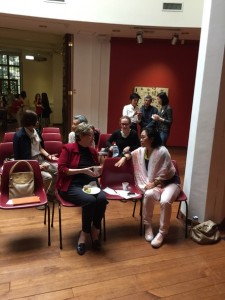Song-dynasty Painting and Its Complementary Natures With Dr. Roslyn Lee Hammers
Painters of the Song dynasty (960–1279) produced some of the most breathtakingly beautiful paintings that display a high degree of naturalism. This is to say that the artists sought to skilfully capture the appearance of the subject matter. This quality can be seen in paintings attributed to Emperor Huizong (r. 1100–1126). For example the celebrated painting Women Preparing Newly Woven Silk displays great refinement of technical skills and showcases the gorgeous beauty of the court women. But by 1100 an alternative idea of what constituted as natural was defined by scholar-officials, most notably Su Shi. He argued the presence of the artist’s hand revealing his intention was the most natural part of a painting. Painters inspired by Su Shi’s ideas produced paintings aimed at revealing the naturalness of their individual interpretations of the subject represented. They created some of the most formally innovative paintings in the history of Chinese art as they turned away from the importance of naturalism to affirm their artistic visions.
This morning seminar will be presented in two talks exploring the two complementary natures of the natural in Song-dynasty painting. The first talk, The Beauty of Naturalism is devoted to exploring the naturalism central to the skilful and gorgeous productions typical of Emperor Huizong’s painting. The other, The Humanity of Expression will address the naturalness of the artist as producer of the imagery that naturally demonstrate the thoughts and expressions of the artist. Each talk will look at five paintings to illustrate the different aspects of the nature in Song painting.
Speaker
Dr. Roslyn Lee Hammers is an Associate Professor of art history in the Department of Fine Arts at The University of Hong Kong. She teaches courses on Chinese painting, South Asian art, and Asian architectural history. Her book entitled Pictures of Tilling and Weaving: Art, Labour and Technology in Song and Yuan China (Hong Kong University Press) was published in 2011. She is presently working on a study of Qing dynasty representations of agrarian labour.


